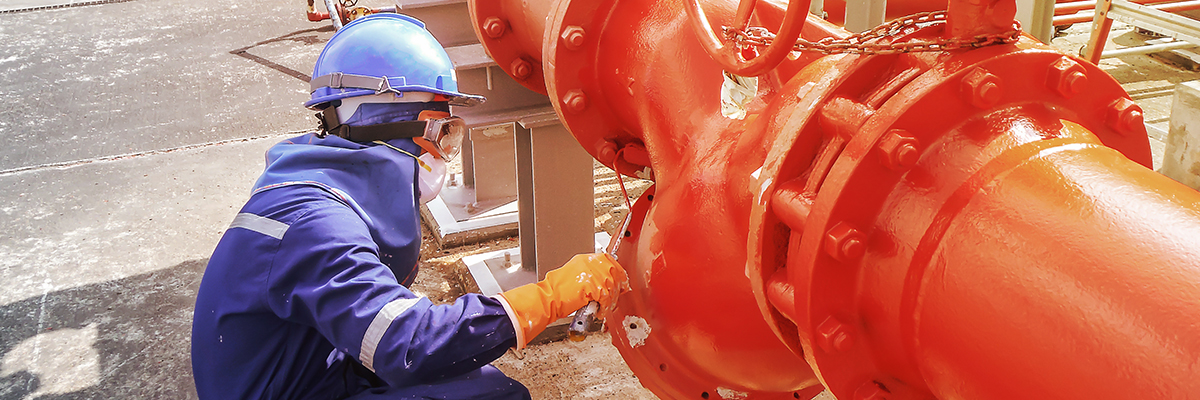The external and internal protection of steel
pipes is determined by the technical requirements of the operations, therefore,
pipes often undergo some surface treatment before they are welded together.
In order to be able to provide the highest possible added value products to our customers, our company provides a wide range of surface treatments with the assistance of our subcontractors. As a consequence, implementation requires significantly less time and energy in the supply chain.

Surface treatment
- Grit blasting for requested surface roughness (e.g.: SA 2,5)
- External and internal primer painting
- Hot dip galvanizing acc. to MSZ EN ISO 1461
- External extruded PE coating acc. to EN ISO 21809-1 or DIN 30670
- On-site external insulation PE acc. to MSZ EN12068 or DN30672
- External fiberglass reinforced epoxy resin insulation
- Internal epoxy layer by API RP 5L2
External and internal steel pipe coating
Coated steel pipes play a special role in Argento Ltd.’s shipping programme, primarily the 3 layer external polyethylene/ polypropylene coated steel pipes which are the prevalent products of the oil and gas industry. Coating protects the pipes from corrosion and from the mechanical damages. The types of coating differ on a wide range based on their application. Other types of coating:
- The cement mortar, strengthened with textile web provides an efficient protection (for example: when being laid in rock ground). This kind of pipe insulation helps, that even under extreme environmental conditions, the cement coating could frame a tight shield on the pipe surface.
- By gas pipelines, the epoxide resins can remarkably reduce the frictional resistance, which results lower energy usage in case of long pipelines.
- By water transferring pipelines, the internal cement mortar insulation has become popular. This reduces the friction on the inner surface of the pipe, prevents corrosion and deposition.